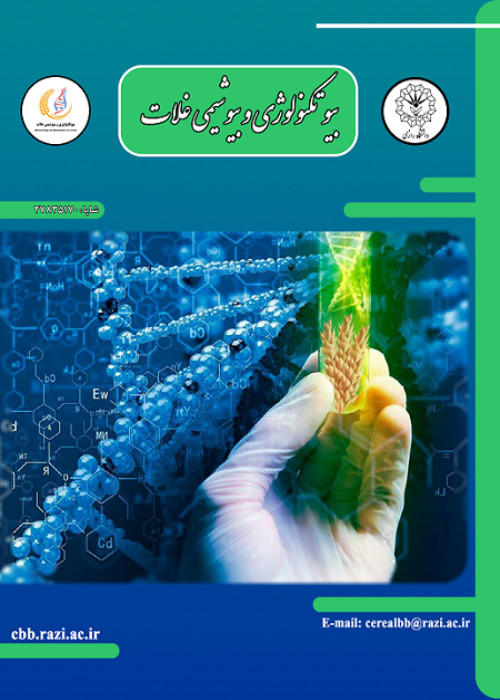Effect of seed priming on grain yield, protein content and concentration of some nutrients in dryland wheat grain
Wheat is the most important source of protein in human nutrition, accounting for 22% of the world cultivated area. Drought stress is one of the most significant constraints to wheat production around the world. Plant growth in adverse situations can be improved by a variety of tactics, one of which is seed priming with various chemicals. Because wheat products are mostly cooked, the quality of the flour is very important. Grain protein is one of the factors that determines the quality of wheat flour. Because of the calcareous soil, lack of organic matter, and high acidity in Iran, soil application of nutrients has minimal effect on plant access to them. In such conditions, seed priming can help increase nutritional content in the wheat grain.
This experiment aimed to investigate the effect of seed priming on yield, protein percentage and concentration of some nutrients of dryland wheat grain (cultivar Azar 2). The experiment was carried out based on a randomized complete blocks design with three replications in the Research Farm of Kurdistan University during two cropping years (2018-2019 and 2019-2020). Priming treatments were included control (without priming), potassium chloride (1%), urea (2%), zinc sulfate (0.6%), calcium chloride (1.4%), vitasprin (0.1 %), cytokinin (50 mg / L) and hydroprim.
The results showed that grain yield was higher in 2018-2019 than in 2019-2020, which is likely due to the higher rainfall this year (19%). Seed priming with water led to improved grain yield in both cropping years. The highest and lowest percentages of grain protein were observed in seed priming treatment with potassium chloride and seed priming treatment with calcium chloride, respectively. Also, the highest concentration of zinc in the grain was obtained in the treatment of seed priming with zinc sulfate. Seed priming had no significant effect on the grain concentrations of potassium and phosphorus in both cropping years.
Due to the high cost of using chemical compounds for seed priming and the positive effects of hydroprim in increasing grain yield in this experiment, hydroprim can be suggested as a cost-effective way to increase yield in dryland conditions. On the other hand, with the positive effects that seed priming has on the percentage of grain protein (prime with potassium chloride) and zinc concentration (prime with zinc sulfate) in the grain, it can be used to improve grain protein, increase the quality of wheat flour, increase zinc concentration and reduce malnutrition due to zinc deficiency.
- حق عضویت دریافتی صرف حمایت از نشریات عضو و نگهداری، تکمیل و توسعه مگیران میشود.
- پرداخت حق اشتراک و دانلود مقالات اجازه بازنشر آن در سایر رسانههای چاپی و دیجیتال را به کاربر نمیدهد.



